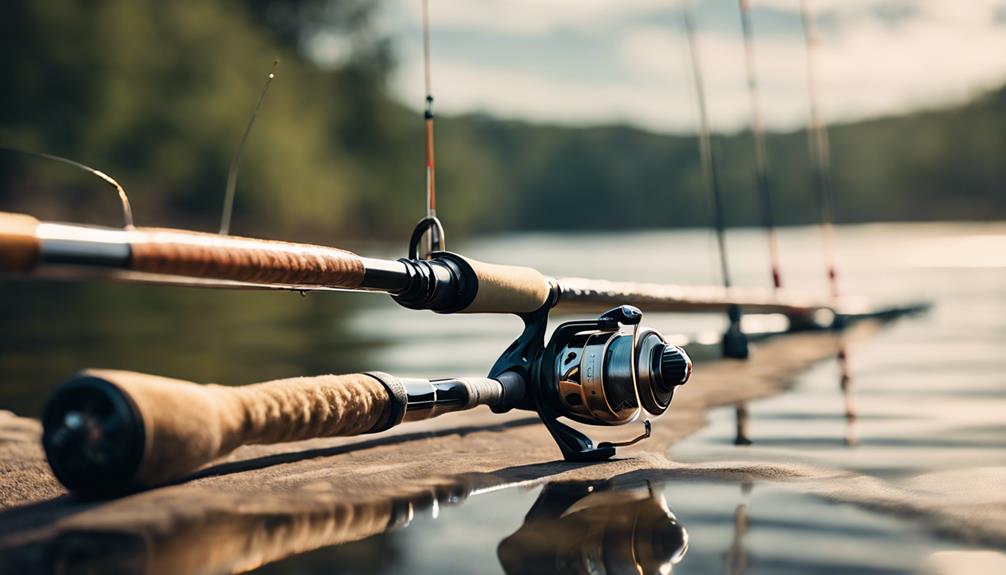Fishing is a beloved pastime for many, providing both relaxation and excitement in nature. However, it comes with a set of regulations that every angler should understand. One common question is, “Do you need a fishing license for catch and release?” This comprehensive guide will explore the intricacies of fishing licenses, catch-and-release practices, and the regulations surrounding them.
Understanding Fishing Licenses: What You Need to Know
Before delving into the specifics of catch-and-release fishing, it’s essential to understand what a fishing license is. A fishing license is a permit granted by state or local authorities that allows individuals to fish in designated waters. Licenses help manage fish populations, support conservation efforts, and ensure sustainable fishing practices. Most states require anglers — whether fishing for sport or sustenance — to possess a valid fishing license.
When considering your fishing expedition, check your local regulations as they may vary significantly. Some states have specific provisions for catch-and-release fishing that may or may not require a fishing license. Therefore, it’s crucial to verify the rules in your area before heading out.
Catch and Release Fishing: What It Is and Why It Matters
Catch-and-release fishing is a practice where anglers catch fish and then release them back into the water, minimizing harm. This method is often used for recreational purposes and is crucial for conservation efforts. It allows fish populations to thrive while still providing anglers with the joy of fishing.
Understanding the importance of catch-and-release is vital for preserving aquatic ecosystems. When done correctly, it can significantly reduce stress and injury to fish, increasing their chances of survival post-release. This practice is especially important for species that are endangered or have restricted populations.
Do You Need a Fishing License for Catch and Release?
The short answer is yes — in most cases, you will need a fishing license for catch-and-release fishing. Regardless of your intent, whether you’re keeping the catch or releasing it, the rules generally apply to all fishing activities. Most states have regulations that state any person fishing in public waters must possess a valid fishing license, even if they do not plan to keep their catch.
However, there are exceptions. Some jurisdictions may have designated areas or specific events where a fishing license is not required for catch-and-release activities. It’s essential to check with your local wildlife agency to understand the rules in your area to avoid any penalties.
Exceptions and Special Regulations for Catch and Release
While the general rule is that a fishing license is required for catch-and-release fishing, there may be exceptions. Certain states or regions may offer free fishing days, allowing anglers to fish without a license. Additionally, some local waters may have special regulations regarding catch-and-release fishing, such as designated catch-and-release zones or specific times of the year when catch-and-release is encouraged.
Moreover, some fishing tournaments focus solely on catch-and-release. These events may have their own set of rules regarding licenses, so it’s crucial to review the tournament guidelines before participating.
The Importance of Following Fishing Regulations
Adhering to fishing regulations is not just about avoiding fines; it’s about promoting sustainable fishing practices. Fishing licenses contribute to conservation efforts, funding fisheries management, and habitat restoration. By purchasing and maintaining a valid fishing license, anglers support these initiatives and contribute to the health of aquatic ecosystems.
Furthermore, following regulations helps ensure that fishing remains a viable activity for future generations. Overfishing, habitat destruction, and climate change are significant threats to fish populations. By practicing responsible fishing, including obtaining the necessary licenses and adhering to catch-and-release guidelines, anglers play a critical role in preserving these resources.
Best Practices for Catch and Release Fishing
If you’re practicing catch-and-release fishing, it’s important to do it correctly to ensure the fish’s best chance of survival. Here are some best practices to follow:
1. Use Barbless Hooks: Barbless hooks reduce damage to the fish and make it easier to release them quickly.
2. Minimize Handling: Wet your hands before handling the fish to protect their slime coat, which is vital for their health.
3. Keep Them in Water: Whenever possible, keep the fish in the water while removing the hook. If you must remove it out of water, do so quickly.
4. Revive Before Release: If the fish appears lethargic, hold it gently in the water and move it back and forth to help water flow over its gills before releasing it.
5. Avoid Catching Spawning Fish: If you can, avoid fishing during spawning seasons to help maintain healthy fish populations.
By following these best practices, you’ll help ensure that the fish you catch can continue to thrive in their natural habitat.
Conclusion: Fishing Responsibly for Future Generations
In conclusion, understanding whether you need a fishing license for catch and release is crucial for every angler. While the general rule is that a valid fishing license is required, exceptions do exist. It’s essential to familiarize yourself with local regulations to ensure compliance, contribute to conservation efforts, and promote sustainable fishing practices.
Remember, as anglers, we have a responsibility to protect our natural resources for future generations. By obtaining the necessary licenses and following best practices for catch-and-release fishing, we can enjoy our time on the water while ensuring that fish populations remain healthy and abundant. Happy fishing!
